Are you a coffee enthusiast looking to elevate your Moka pot brewing experience? If so, you’ve come to the right place. Join us as we delve into the fascinating world of Moka pot brewing and discover the myriad of coffee blends that can enhance your morning ritual. In this blog post, we will guide you through the exploration of different coffee blends that are perfect for your Moka pot, helping you unlock a world of rich flavors and aromas. Get ready to embark on a flavorful journey that will delight your senses and elevate your coffee brewing game!
Understanding the Moka Pot
The Moka pot is a classic stovetop coffee maker that has been a favorite among coffee enthusiasts for decades. In this blog post, we will delve into what makes the Moka pot special, how it works, and why it continues to be a popular choice for making delicious coffee at home.
What is a Moka Pot?
A Moka pot, also known as a stovetop espresso maker, is a device used to brew coffee by passing boiling water pressurized by steam through ground coffee. It was invented in Italy by Alfonso Bialetti in the 1930s and has since become an iconic part of Italian coffee culture.
How Does a Moka Pot Work?
Here’s a step-by-step breakdown of how a Moka pot operates:
- Fill the bottom chamber with water.
- Insert finely ground coffee into the filter basket.
- Screw the top and bottom chambers together.
- Place the Moka pot on the stovetop over low to medium heat.
- As the water heats up, steam pressure forces it through the coffee grounds and into the top chamber.
- The result is a rich, strong coffee with a flavor profile that sits between espresso and drip coffee.
Why Choose a Moka Pot?
There are several reasons why the Moka pot is a preferred brewing method for many coffee lovers:
- Rich Flavor: The Moka pot produces a robust and full-bodied coffee with a distinctive flavor profile.
- Affordability: Moka pots are relatively inexpensive compared to espresso machines, making them a cost-effective option for home brewing.
- Ease of Use: With just a few simple steps, anyone can master the art of brewing coffee with a Moka pot.
- Versatility: Moka pots come in various sizes, allowing you to brew different amounts of coffee to suit your needs.
Popular Moka Pot Brands
When it comes to choosing a Moka pot, there are several reputable brands to consider:
- Bialetti: Known as the original Moka pot manufacturer, Bialetti offers a wide range of sizes and designs to choose from.
- Alessi: Renowned for its sleek and modern Moka pots, Alessi combines form and function in its coffee makers.
- Café Brew Collection: This brand offers budget-friendly Moka pots without compromising on quality and performance.
Choosing the Right Coffee Blend for Moka Pot Brewing
Roast Level
When selecting a coffee blend for your Moka pot, one of the key considerations is the roast level. The roast level significantly impacts the flavor profile of the coffee produced. Here are some common roast levels and their characteristics:
- Light Roast:
- Accentuates the coffee beans’ original flavors
- Bright acidity and floral or fruity notes
- Example: Lavazza Crema e Gusto Ground Coffee
- Medium Roast:
- Balanced flavor with slightly more body
- Notes of caramel or nuttiness
- Example: Illy Classico Whole Bean Coffee
- Dark Roast:
- Intense, bold flavors with a smoky undertone
- Low acidity and a full-bodied taste
- Example: Peet’s Coffee Major Dickason’s Blend
Origin
The origin of the coffee beans can greatly influence the taste and aroma of the final brew. Different regions produce beans with distinct characteristics:
- Latin American:
- Bright acidity, clean flavors
- Example: Kicking Horse Coffee, Cliff Hanger Espresso
- African:
- Floral, fruity, and sometimes wine-like flavors
- Example: Blue Bottle Coffee Three Africas Blend
- Indonesian:
- Earthy, spicy, with low acidity
- Example: Starbucks Sumatra Dark Roast
Flavor Profiles
Understanding the flavor profiles of different coffee blends can help you choose one that aligns with your preferences. Some common flavor profiles include:
- Nutty:
- Notes of almonds, hazelnuts
- Example: Peet’s Coffee Brazil Minas Naturais Medium Roast
- Chocolatey:
- Rich cocoa notes
- Example: Death Wish Coffee Co. Valhalla Java Whole Bean Coffee
- Fruity:
- Bright, citrusy flavors
- Example: Stumptown Coffee Roasters Hair Bender Blend
Exploring Different Coffee Blends
Moka pot brewing is a classic method that delivers a rich and robust cup of coffee. Choosing the right coffee blend is crucial to enhance the flavors produced through this brewing process. In this blog, we will delve into various coffee blends that complement Moka pot brewing, ranging from single-origin to blends with specific tasting notes.
Single-Origin Coffee Blends
Single-origin coffee blends are sourced from a specific region, allowing for a unique taste profile that showcases the characteristics of that area’s soil and climate. Here are some examples of single-origin coffee blends that work well with Moka pot brewing:
- Ethiopian Yirgacheffe: Known for its floral and fruity notes, this coffee blend adds a vibrant and complex flavor to your Moka pot brew.
- Colombian Supremo: With its balanced acidity and nutty undertones, Colombian Supremo offers a smooth and mellow cup of coffee that pairs perfectly with the intensity of Moka pot brewing.
Blends with Specific Tasting Notes
Blends that are carefully crafted to highlight specific tasting notes can elevate your Moka pot brewing experience. Here are some examples of such blends:
- Dark Roast Espresso Blend: A blend of Arabica and Robusta beans, this coffee offers a bold and intense flavor profile with hints of dark chocolate and caramel, ideal for a strong Moka pot brew.
- Breakfast Blend: This lighter roast blend features bright acidity and subtle citrus notes, providing a refreshing and lively cup of coffee that is perfect for starting your day.
Practical Examples
To enhance your Moka pot brewing experience, consider trying the following coffee blends:
- Lavazza Crema e Gusto: This Italian espresso blend is crafted for Moka pot brewing, offering a rich and velvety texture with a hint of chocolate sweetness.
- Illy Classico Medium Roast: Known for its smooth and balanced flavor, Illy Classico is a versatile blend that complements Moka pot brewing perfectly.
By experimenting with different coffee blends tailored for Moka pot brewing, you can discover a world of diverse flavors that will elevate your coffee experience. Choose a blend that matches your taste preferences and enjoy the art of brewing a perfect cup of coffee with your Moka pot.
Tips for Brewing Success
Brewing coffee in a Moka pot can be a rewarding experience, offering a rich and flavorful cup of coffee. To achieve the best results, it’s essential to follow some tips and techniques that can enhance your brewing process. In this blog post, we will dive into practical advice to help you master the art of Moka pot coffee brewing.
Choosing the Right Coffee
- Start by selecting high-quality coffee beans that are freshly ground for the best flavor.
- Opt for a medium to fine grind size, similar to table salt, to ensure optimal extraction.
Preparing the Moka Pot
- Before brewing, ensure your Moka pot is clean and dry.
- Fill the bottom chamber with hot water up to the safety valve, ensuring not to overfill.
Filling the Coffee Basket
- Use a medium to fine grind coffee, such as Lavazza Crema e Gusto, filling the basket without packing it tightly.
- Level the grounds with a gentle shake for even extraction.
Assembling and Brewing
- Securely screw the top and bottom chambers of the Moka pot together.
- Place the Moka pot on low to medium heat to avoid burning the coffee.
- Once the coffee starts to bubble and gurgle, remove from heat to prevent over-extraction.
Serving and Enjoying
- Stir the brewed coffee gently before pouring to distribute the flavors evenly.
- Serve the coffee immediately to enjoy it at its freshest and most aromatic state.
Wrap-Up and Final Thoughts
Your conclusion could be:
“In conclusion, this post highlights the versatility of Moka pot brewing and recommends experimenting with different coffee blends to find your perfect cup.
Moka Pot FAQs
In a Moka pot, also known as a stovetop espresso maker, the brewing process differs from other methods like drip coffee or French press in several ways. The Moka pot brews coffee by passing boiling water pressurized by steam through ground coffee, producing a strong and concentrated coffee similar to espresso. This process is quicker than drip brewing but slower than espresso machines. The Moka pot also requires a fine grind size to prevent clogging the filter and results in a unique flavor profile that is distinct from other brewing methods.
The water temperature plays a crucial role in brewing coffee with a Moka pot. For best results, it is recommended to use hot water rather than boiling water. The ideal water temperature is around 200°F (93°C).
When the water is too hot, it can cause the coffee to extract too quickly, resulting in a bitter taste. On the other hand, using water that is too cold can lead to under-extraction, producing a weak and sour coffee.
By maintaining the proper water temperature, you can ensure that the coffee is brewed correctly, extracting the flavors and aromas from the coffee grounds without making the brew overly bitter or sour.
When selecting coffee blends for Moka pot brewing, several key factors should be considered to achieve the best results. Factors to keep in mind include the grind size, freshness of the coffee beans, roast level, and the bean origin.
- Grind size: The grind size for Moka pot brewing should be fine but not as fine as espresso. A grind that is too fine can result in a bitter brew, while a grind that is too coarse may lead to weak and under-extracted coffee.
- Freshness: Freshly roasted coffee beans are crucial for a flavorful cup of coffee. Aim to use beans that have been roasted within the past two to four weeks for the best taste.
- Roast level: Medium to medium-dark roasts are generally recommended for Moka pot brewing. These roasts provide a balance of flavor and acidity that complements the brewing method.
- Bean origin: Different coffee origins have distinct flavor profiles. Consider your preferences – whether you enjoy fruity, nutty, chocolatey, or floral notes – when selecting a coffee blend for your Moka pot.
By taking these factors into account, you can enhance your Moka pot brewing experience and savor a delicious cup of coffee tailored to your preferences.
When experimenting with different coffee blends in a Moka pot to achieve a desired flavor profile, here are some tips to consider:
- Grind Size: Adjust the grind size of your coffee beans to control the extraction rate. Finer grounds can lead to a stronger flavor, while coarser grounds may result in a milder taste.
- Water Temperature: Use hot water, but not boiling, to brew your coffee to avoid burning the grounds. This can affect the overall flavor of the coffee.
- Brew Time: Keep an eye on the brewing time. Adjusting the time can impact the strength and flavor of the coffee. Experiment with different brewing times to find the optimal duration.
- Coffee-to-Water Ratio: Experiment with the ratio of coffee to water to achieve your desired flavor. A general guideline is using around 1 to 2 tablespoons of coffee per 6 ounces of water.
- Blend Selection: Choose coffee blends that complement each other well. For a balanced flavor profile, consider blending different types of beans such as Arabica and Robusta in varying proportions.
By adjusting these variables and experimenting with different coffee blends, you can fine-tune your brewing process in a Moka pot to achieve the desired flavor profile.
Yes, there are specific types of coffee blends that work well with Moka pot brewing. Typically, medium to dark roast coffee blends with a fine to medium grind size are best suited for Moka pot brewing. These roasts tend to have a more robust flavor profile that can withstand the higher brewing temperatures of the Moka pot without becoming overly bitter. Additionally, coffee blends with a higher Arabica content tend to perform better in Moka pots, as they produce a more balanced and flavorful cup of coffee.

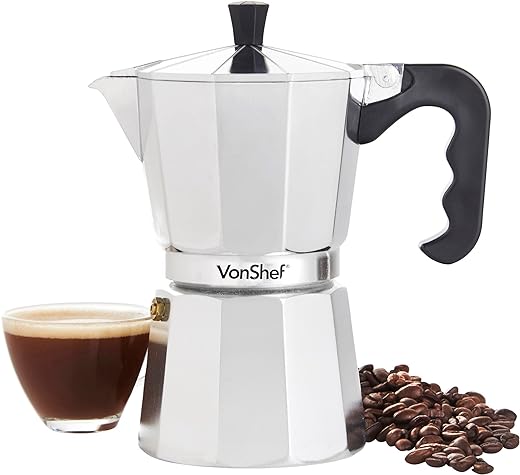


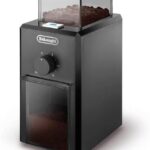
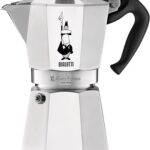
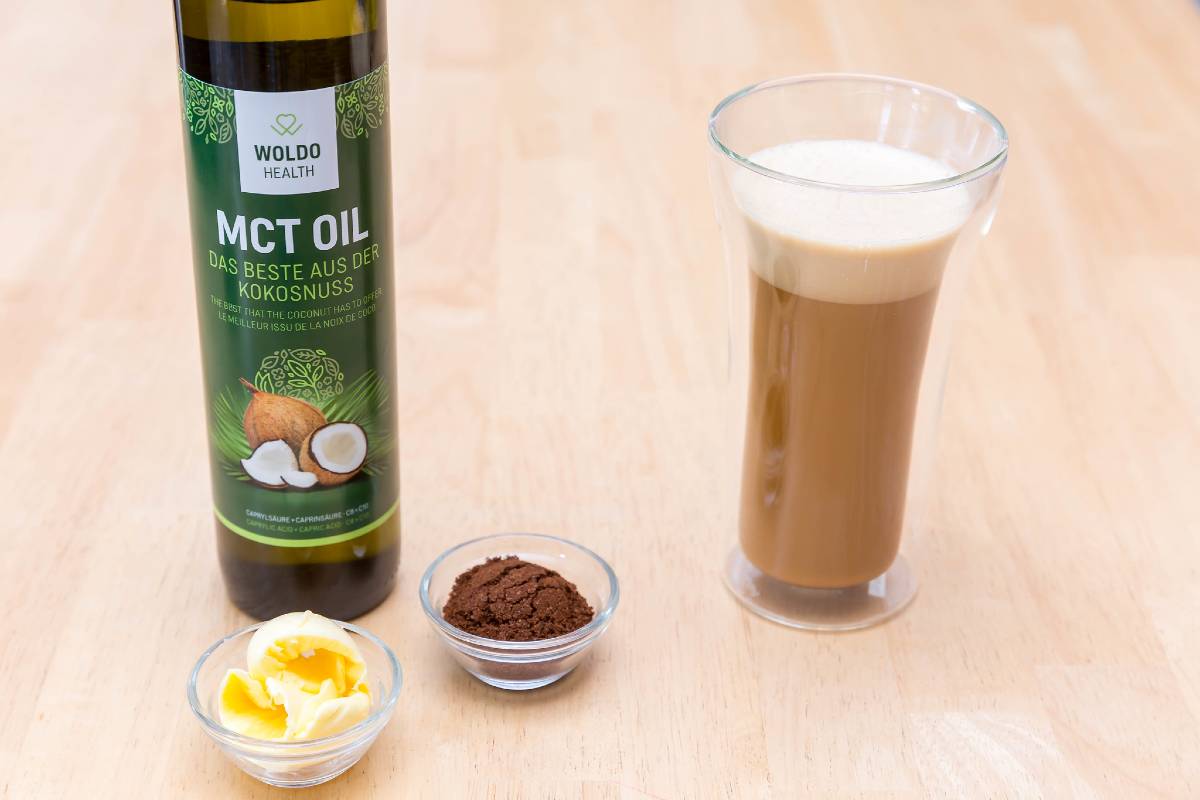
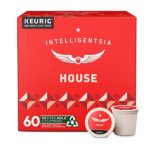
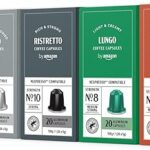
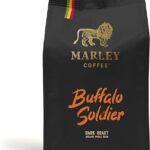
I have been experimenting with different water-to-coffee ratios in my Moka Pot. Do you have any suggestions for achieving the perfect balance?
Could you provide more details on the recommended brewing time and temperature for different coffee blends in a Moka Pot?
I tried your tip on using a slightly coarser grind for a smoother extraction, and it worked wonders! Thank you for the suggestion.
I’m delighted to hear that the tip on using a slightly coarser grind worked well for you! It can indeed make a difference. Happy brewing!
Could you elaborate more on the ideal grind size for Moka Pot brewing?
Thank you for your question! The ideal grind size for Moka Pot brewing is crucial. I will expand on this point in a future article.
I see there is a debate on whether pre-heating the water in the Moka Pot affects the final taste. What’s your take on this?
The debate on pre-heating water in the Moka Pot is interesting. In my experience, pre-heating does make a difference. I will delve deeper into this topic in a future article.
I found that using a medium roast blend with chocolatey undertones works best for my Moka Pot. What blends have you found to be successful?
Can you recommend a specific coffee blend that pairs well with a Moka Pot for those who prefer a stronger taste?